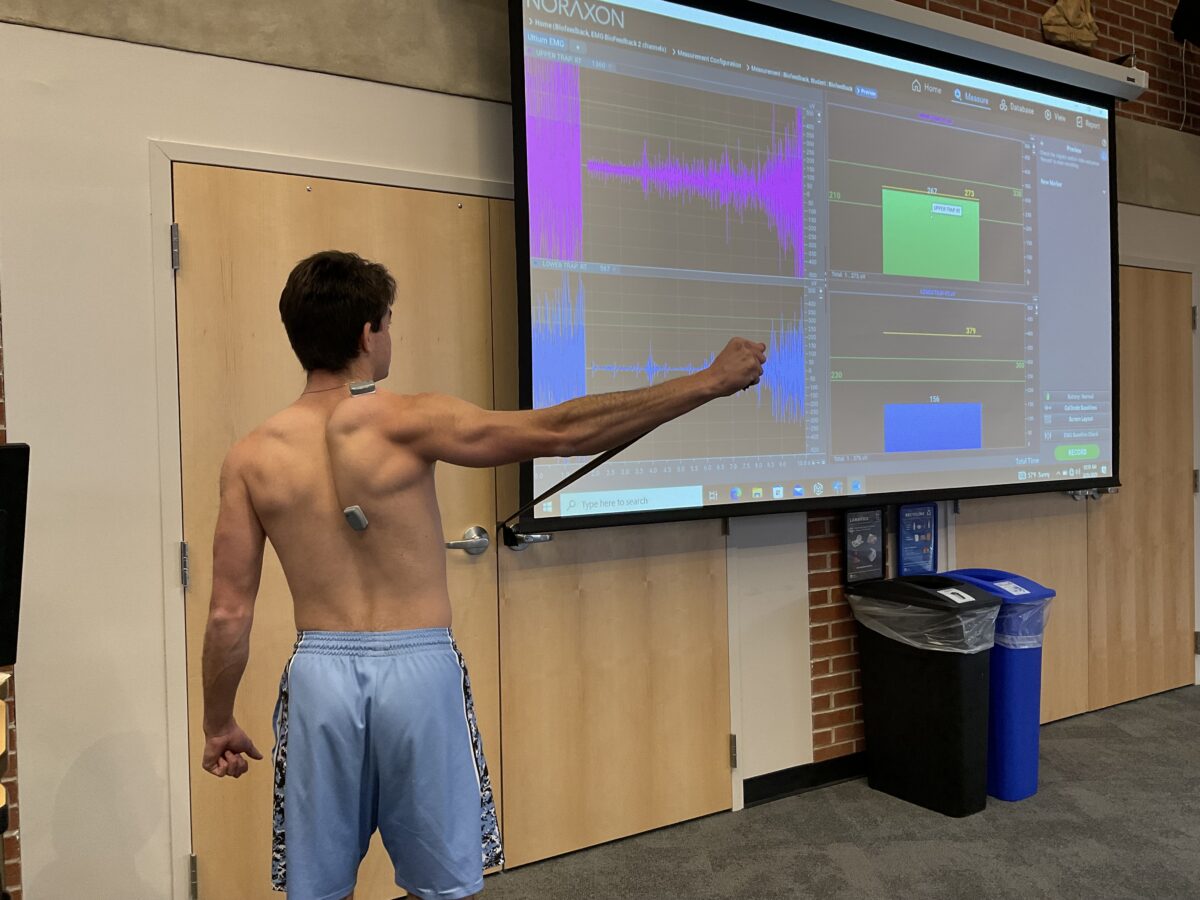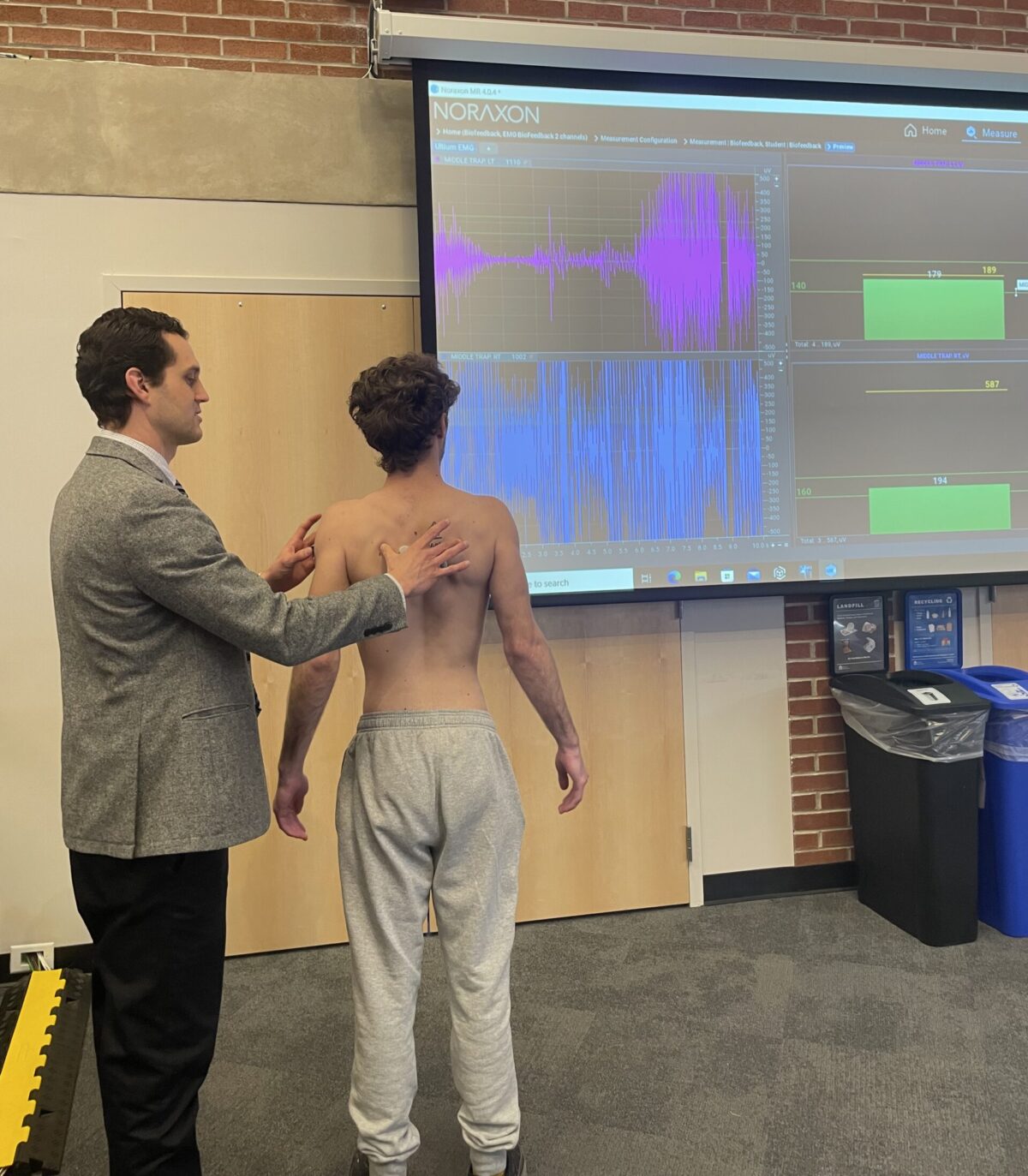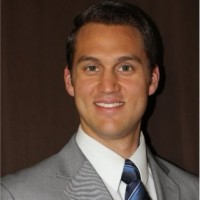At DeSales University’s Doctor of Physical Therapy Program, students are gaining real-world experience with motion analysis technology under the guidance of Cameron Bassett, PT, DPT, PhD. With a strong passion for teaching and clinical anatomy, Dr. Bassett integrates Noraxon technology across education, research, and patient care—giving students a comprehensive foundation in biomechanics and movement assessment.
Integrating Noraxon Technology into Physical Therapy Education
Students at DeSales engage with Noraxon’s versatile systems to explore human movement, muscle activation, and functional performance. The program utilizes:
- Ultium Motion (IMU) sensors
- Ultium EMG & Core EMG systems
- Ultium Biofeedback App
- Ultium Insoles
- Hand Grip Dynamometer

These tools provide students with hands-on experience in analyzing gait patterns, running mechanics, and neuromuscular function—skills essential for both clinical evaluation and research.
Enhancing Learning Through Technology
Dr. Bassett has strategically woven Noraxon technology into three core areas of the curriculum:
- Education – In courses like PT Modalities, students use EMG biofeedback to visualize muscle activation in real time, making abstract neuromuscular concepts more accessible and clinically relevant.
- Research – Students participate in ongoing studies using EMG, IMUs, Force Insoles, and dynamometry to investigate functional movements, wrist and hand performance, and pre/post-intervention outcomes. Several projects are already in publication stages, fostering a strong research culture within the program.
- Clinical Practice – In DeSales’ on-campus pro bono clinic, students apply motion analysis to assess gait, running, and functional tasks like floor-to-stand movements, helping guide targeted treatment strategies.

Preparing Students for the Future
By integrating advanced biomechanics tools into the curriculum, Dr. Bassett ensures students graduate with valuable experience in motion analysis—an asset in modern physical therapy settings.
Through this comprehensive approach, DeSales University is equipping future physical therapists with the analytical skills, technological confidence, and clinical insight needed to excel in evolving healthcare environments.
“We introduce Noraxon as a teaching tool, expand its use in research, and then apply it directly in patient care,” explains Dr. Bassett. “This progression prepares students to think critically and use technology to improve outcomes.”

Stay tuned for more stories in our “Noraxon in the Classroom” series, where we spotlight universities using biomechanics technology to enhance education and research.

